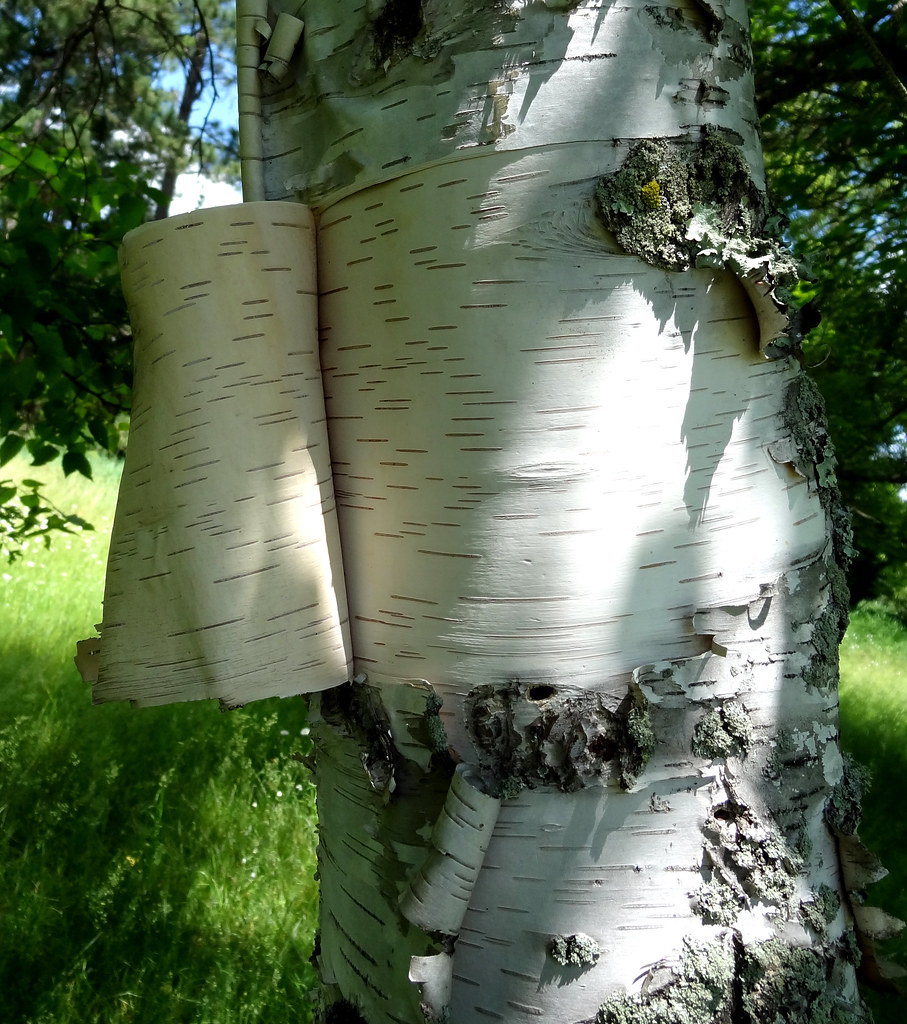Article
History of Indigenous Art in Canada
The history of Indigenous art in Canada begins sometime during the last Ice Age between 80,000 and 12,000 years ago. To date, however, the oldest surviving artworks (excluding finely crafted, aesthetically significant stone tools) are datable to no earlier than 5,000 years ago.








